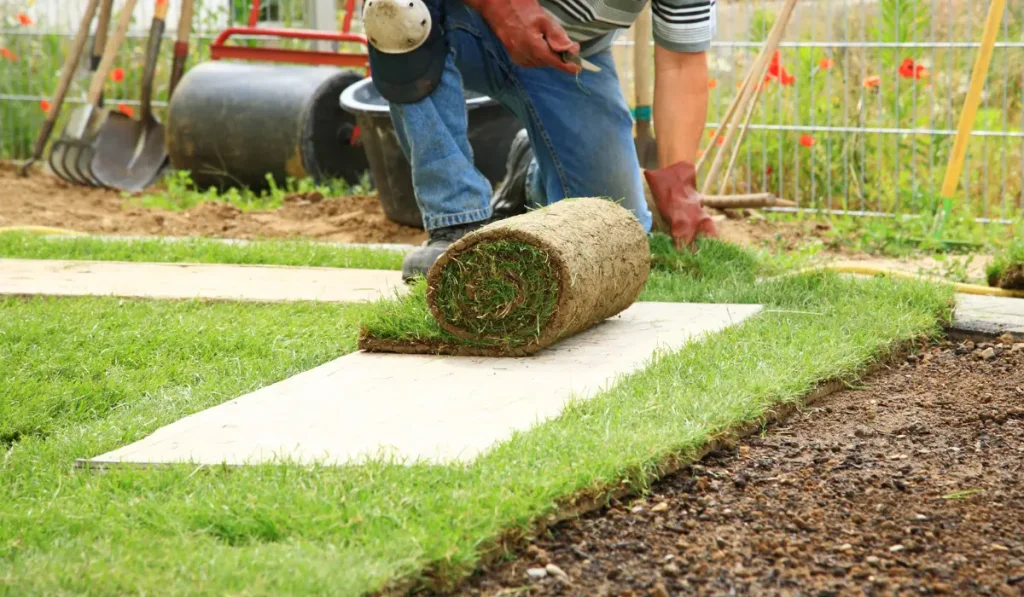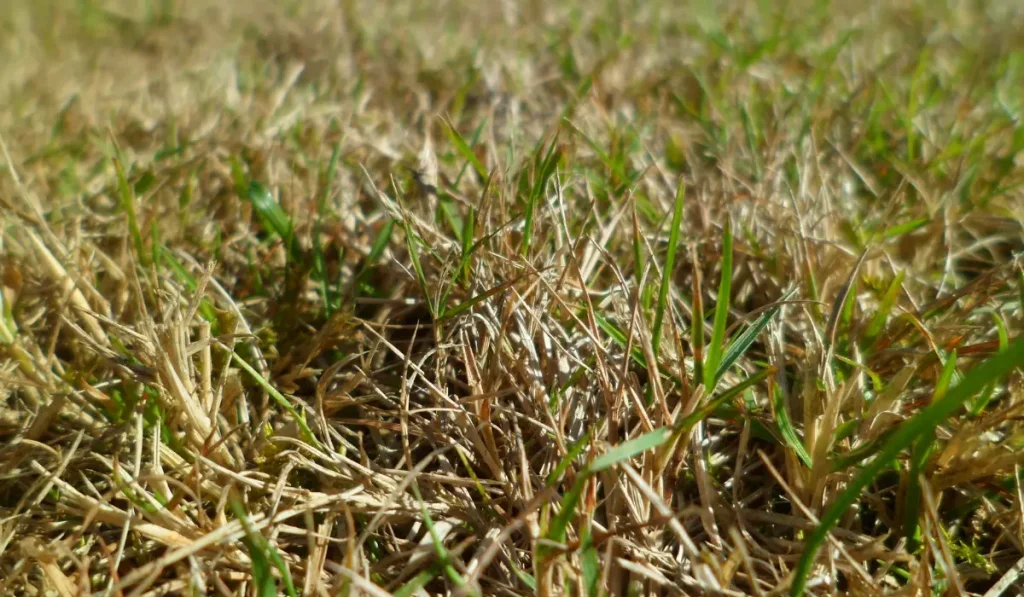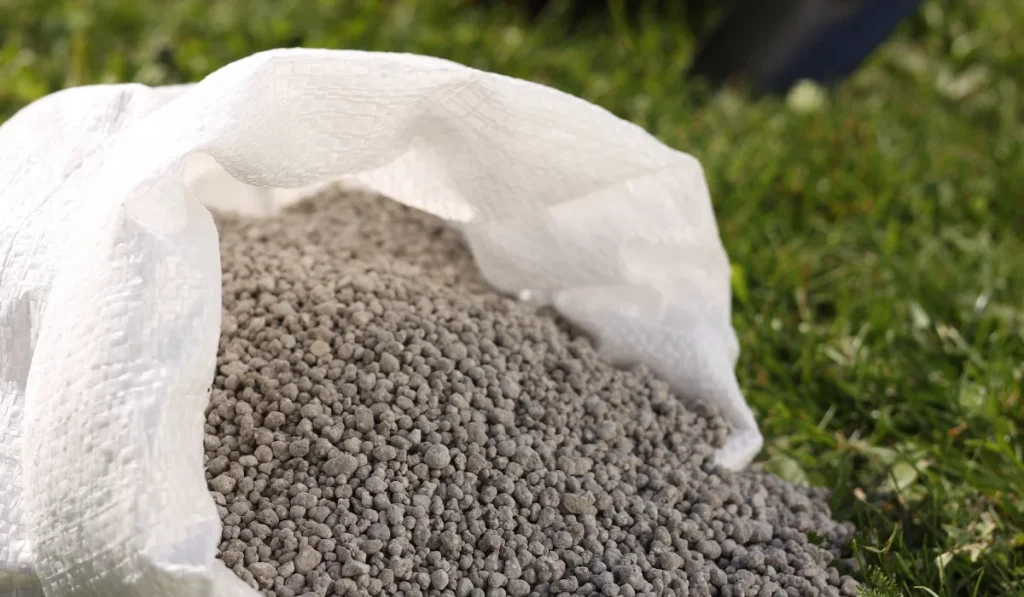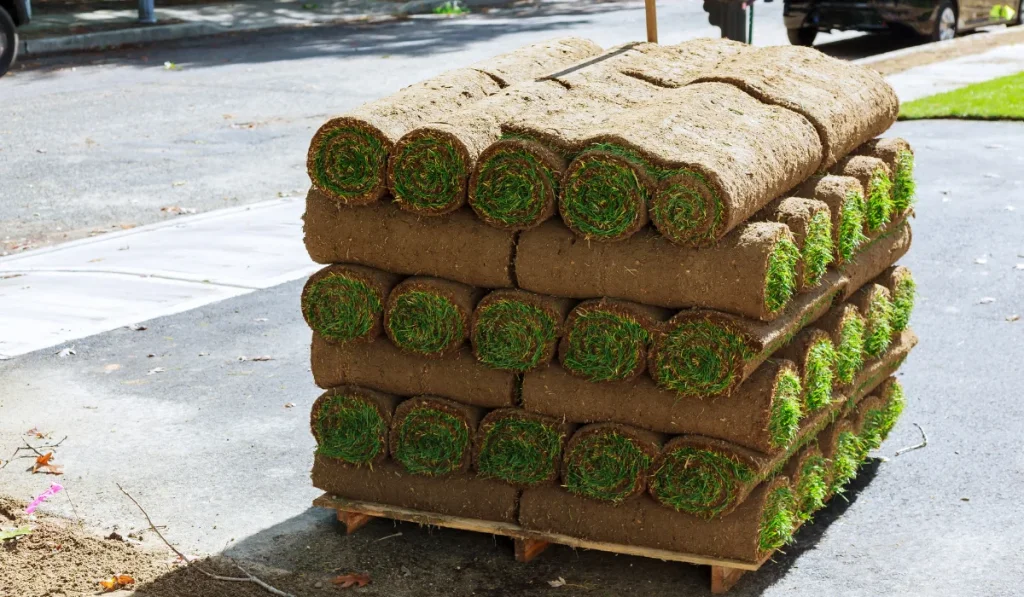Laying sod at the right time is important when it comes to maintaining a lush, green lawn, especially in California’s diverse climate. The best time of the year to lay sod in California is during early spring and fall.
Have you considered how the unique microclimates in your area might influence the best time for your sod installation? Read on to discover tips and tricks for ensuring your sod takes root and thrives.
Key Takeaways
- The best times to lay sod are early fall and early spring when conditions favor root growth.
- Summer and winter installations need special care, like proper watering and frost protection.
- Local climates heavily influence the best planting times and grass types for each region.
- Effective sod installation requires careful planning, resource allocation, and soil preparation.
The Best Time to Lay Sod in California
Laying new sod is typically best performed during early fall and early spring in California. These seasons provide favorable temperatures and conditions for root growth and establishment.
Cool-Season Grass: Early Fall (September-October)
Early fall is the best time of year to lay sod for cool-season grasses in California. The soil remains warm from the summer months, promoting root growth, while the cooler air temperatures help prevent the new sod from drying out quickly.
The optimal conditions for sod installation during early fall include:
| Conditions | Details |
|---|---|
| Soil Temperature | Warm, promoting root growth. |
| Air Temperature | Cooler, which helps with moisture retention. |
| Suitable Grass Types | Cool-season grasses like Tall Fescues and Kentucky Bluegrass. |
Early Spring (March-April)
Early spring is an excellent time to lay warm-season grass sod in California. The topsoil begins to warm up after winter, and the days are getting longer with increasing sunlight. These conditions foster strong sod root development before the hot summer months.
With proper springtime lawn care, sod installation is characterized by the following:
| Conditions | Details |
|---|---|
| Daylight Hours | More sunlight promotes growth. |
| Soil Temperature | Warming up after winter, helping roots establish. |
| Suitable Grass Types | Warm-Season sod varieties like Bermuda Grass, Zoysia. |
Considerations for Laying Sod in Summer and Winter
Laying sod in summer or winter poses some unique challenges. As homeowners, you must consider specific factors during summer and winter to ensure a healthy lawn.
Summer (May-August)
Laying sod in the summer can be tricky. Heat and dry conditions can stress sod, especially warm-season grasses like St. Augustine and Bermuda. To mitigate these challenges, employ proper lawn care for higher temperatures, such as:
- Watering Needs: Perform frequent, deep watering with a sprinkler system for even coverage.
- Heat Management: Lay sod in cooler early mornings or late afternoons.
- Mowing Tips: Mow regularly, but avoid cutting too short.
- Soil Preparation: Prepare soil by ensuring proper pH levels.
Winter (November-February)
Winter presents other challenges for sod installation. Cool-season grasses are preferable, but the risk of frost and freezes can impede growth.
Soil and sod can be damaged if not properly managed. Consider these winter lawn care strategies for long-term success:
- Frost Protection: Use mulches or covers during heavy frost.
- Soil Moisture: Keep soil moist without flooding.
- Dormancy Issues: Delayed rooting due to dormancy.
- Turfgrass Selection: Opt for cool-season grasses for better resilience.
- Installation Timing: Install during milder winter days to avoid freezes.
Other Factors to Think About
Other than the optimal timing, several elements are crucial to ensure a healthy and vibrant lawn when you lay and plant sod in California.
Local Weather Patterns
Local weather significantly impacts installation success, especially when choosing the right time and type of grass seeds. Different areas in California experience varying climates, from coastal coolness to inland heat.
To promote root growth and minimize air pockets, you must understand these patterns and align them with the ideal growing season.
Here’s a closer look:
| Location | Optimal Planting Time | Average Temperature Range | Rainfall |
|---|---|---|---|
| Coastal Areas | Spring/Fall | Mild | 10 – 70 inches annually |
| Inland Valleys | Late Spring/Early Fall | Hot Summers, Cool Winters | 5-20 inches annually |
| Northern California | Late Spring/Summer | Cool to Warm | 18-50 inches annually |
| Southern California | Early Fall | Warm to Hot | 5-15 inches annually |
Time and Resources
Allocating the right time and resources is another critical consideration. Laying new sod demands a lot of preparation. From soil amendments to scheduling year-round lawn rollers, having adequate time ensures smoothness.
Here are some things to consider when installing sod:
- Resource Management: Ensure proper tools and materials like fertilizers, soil amendments, and lawn rollers.
- High-Quality Sods: Choose reputable sod farms that offer fresh, healthy sod appropriate for your climate and needs.
- Labor Needs: Whether hiring professionals or doing it yourself, plan so resources and workforce are available.
Proper planning can also keep pricing in check and make the sod installation efficient, catering to the needs of your new lawn.



